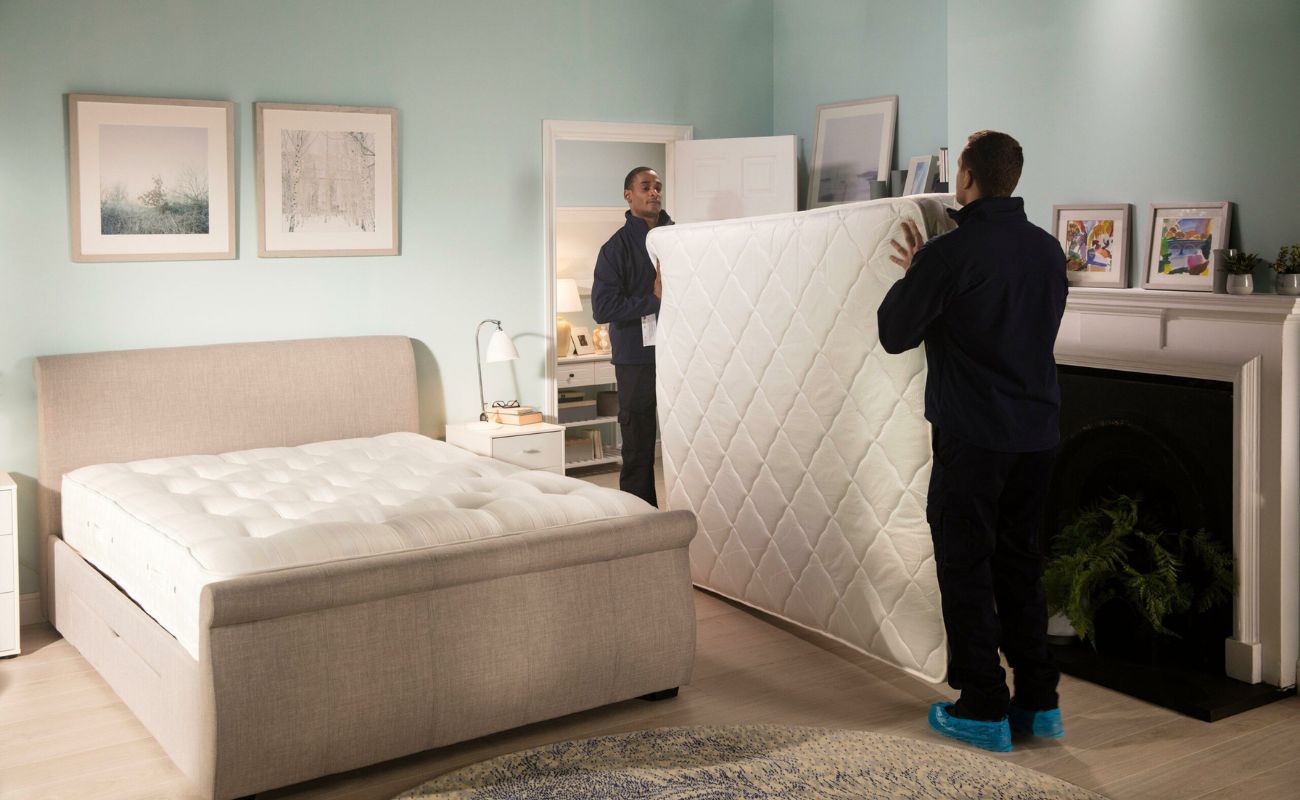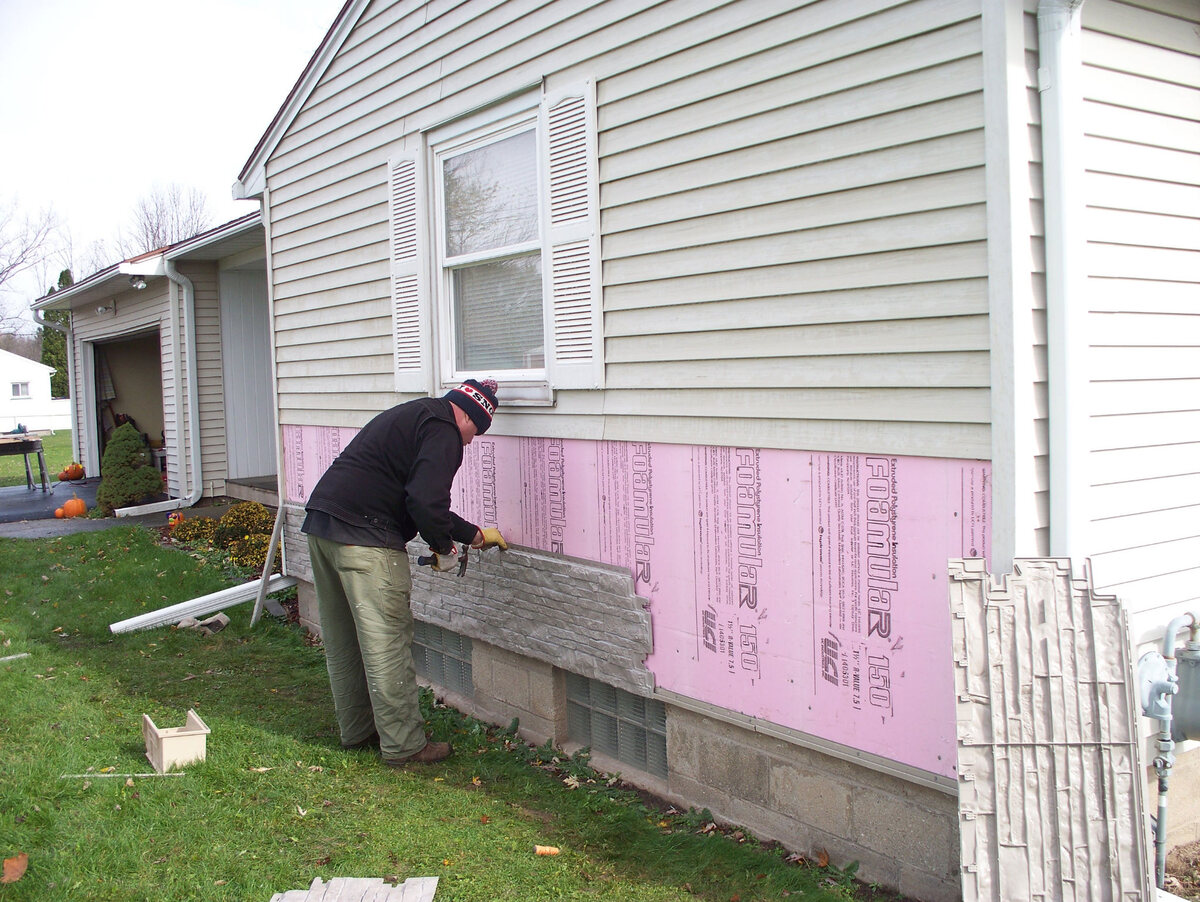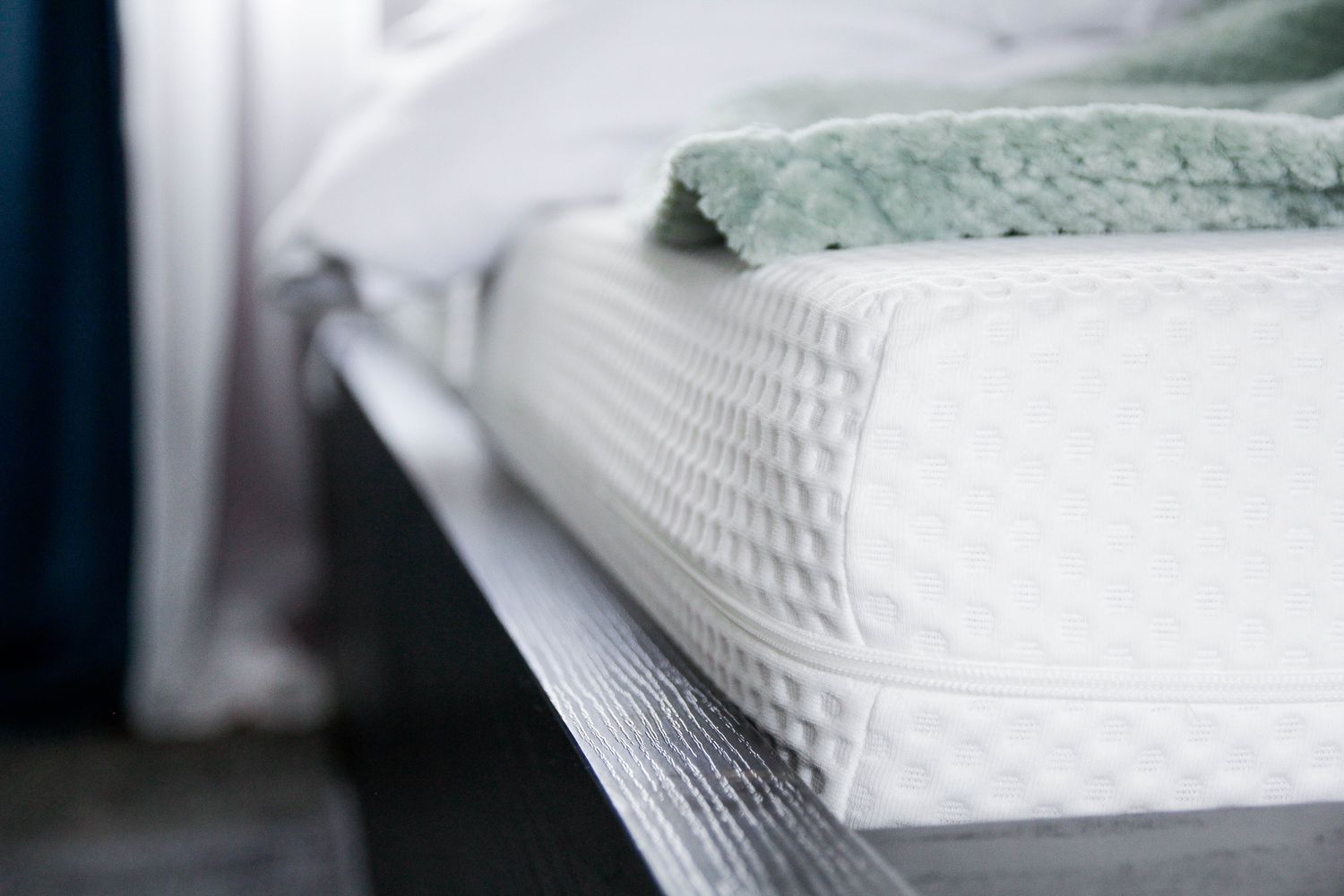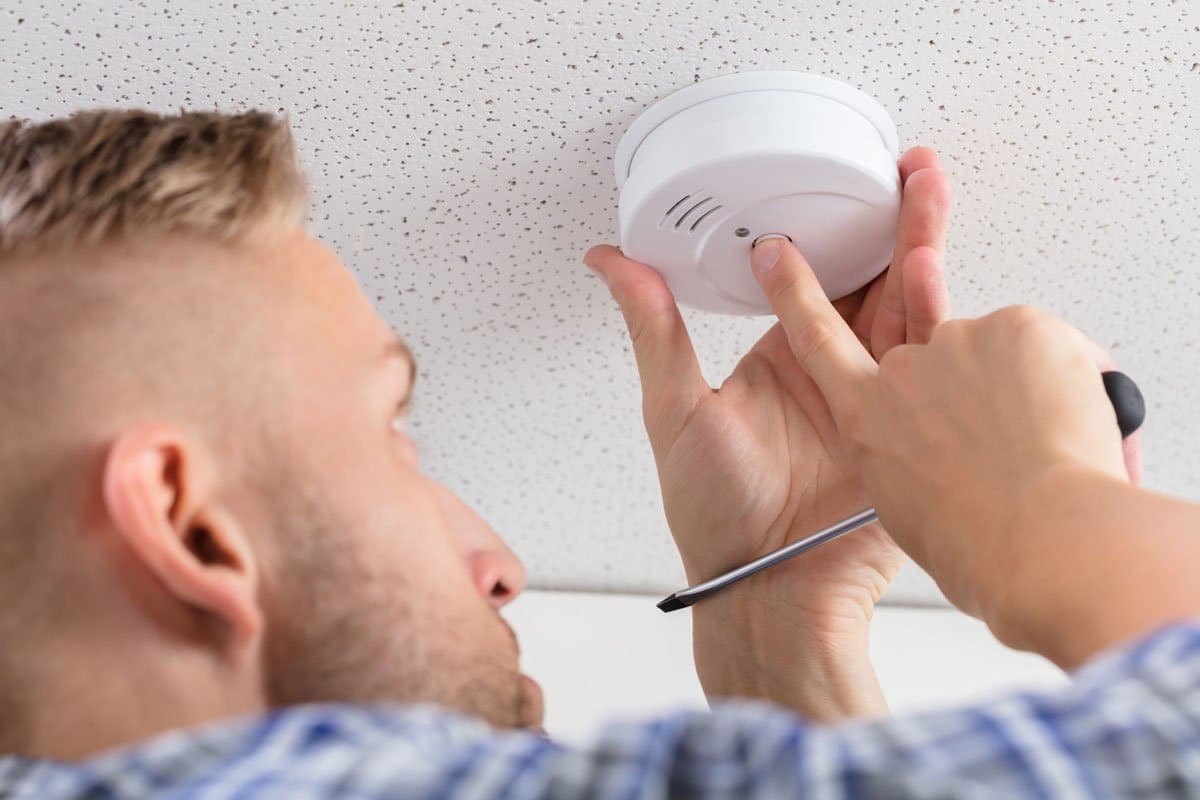Home>Furniture>Bedroom Furniture>How Often Should I Replace Mattress


Bedroom Furniture
How Often Should I Replace Mattress
Modified: February 25, 2024
Find out how often you should replace your bedroom furniture, including your mattress. Get expert advice and tips on when it's time for a new mattress.
(Many of the links in this article redirect to a specific reviewed product. Your purchase of these products through affiliate links helps to generate commission for Storables.com, at no extra cost. Learn more)
Introduction
Welcome to the ultimate guide on how often you should replace your mattress. As we spend roughly a third of our lives in bed, it’s crucial to ensure our sleep environment is optimal for rest and rejuvenation. A key component of this is having a mattress that is supportive, comfortable, and free from wear and tear.
Many people are unaware of when they should replace their mattress, leading to discomfort, lack of sleep, and potential health issues. In this article, we will explore the factors to consider when determining the lifespan of a mattress, the signs that indicate it’s time for a replacement, the importance of regular mattress replacement, and ways to maximize the lifespan of your mattress.
Let’s dive in and discover the secrets to sleeping soundly on a well-maintained mattress for years to come.
Key Takeaways:
- Listen to your body and replace your mattress every 7-10 years to ensure better sleep quality, improved comfort, reduced pain, and healthier sleep hygiene. It’s an investment in your overall well-being and long-term cost savings.
- Factors like usage, body weight, and maintenance influence mattress lifespan. Regularly inspect your mattress for signs of wear and tear, and consider a replacement if you notice changes in comfort or visible damage.
Read more: How Often Should I Replace Carpet
Factors to Consider
When it comes to determining how often you should replace your mattress, there are several factors that come into play. It’s important to take these factors into consideration to ensure that you are making an informed decision based on your unique sleep needs and circumstances.
1. Quality of Materials: The quality of the materials used in your mattress plays a significant role in its durability. High-quality materials, such as memory foam or latex, tend to have a longer lifespan compared to low-quality materials.
2. Usage: How often and how intensively you use your mattress can influence its lifespan. If you are using your mattress every night as your primary bed, it will typically wear out faster compared to a guest room mattress that is used infrequently.
3. Body Weight: Your body weight can impact the lifespan of your mattress. Heavier individuals exert more pressure on the mattress, causing it to wear out more quickly. It’s important to choose a mattress that is designed to support your specific body weight.
4. Maintenance and Care: Proper maintenance and care can significantly extend the lifespan of your mattress. Regularly rotating and flipping your mattress, using a mattress protector to prevent stains and spillage, and keeping it clean and well-ventilated can all contribute to its longevity.
5. Environmental Factors: Environmental factors such as temperature, humidity, and exposure to sunlight can affect the lifespan of your mattress. Excessive heat and moisture can lead to the growth of mold and mildew, while prolonged exposure to sunlight can cause the materials to degrade.
By taking these factors into account, you can get a better understanding of how long your mattress is likely to last before it needs to be replaced. However, it’s important to keep in mind that these factors are general guidelines, and individual experiences may vary.
Mattress Lifespan
The lifespan of a mattress can vary depending on various factors, but on average, a good quality mattress can last between 7 to 10 years. However, this is a general guideline and not a hard and fast rule. Some mattresses might need to be replaced sooner, while others can last longer with proper care and maintenance.
Different types of mattresses have different lifespans. Here’s a breakdown of the common mattress types and their average lifespans:
1. Innerspring Mattresses: Traditional innerspring mattresses typically last between 7 to 8 years. These mattresses have a coil support system that can gradually lose its integrity and lead to sagging and discomfort over time.
2. Memory Foam Mattresses: Memory foam mattresses tend to have a slightly longer lifespan, ranging from 8 to 10 years. The viscoelastic foam used in memory foam mattresses is designed to contour to your body, providing excellent pressure relief and support.
3. Latex Mattresses: Latex mattresses are known for their durability and can last between 10 to 12 years. Natural latex mattresses have a resilient and long-lasting structure that is resistant to sagging and wear.
4. Hybrid Mattresses: Hybrid mattresses combine the support of innerspring coils with the comfort of memory foam or latex layers. These mattresses typically last between 8 to 10 years, depending on the quality of materials used.
It’s important to note that these lifespans are estimates and can be influenced by factors such as usage, body weight, and maintenance. Regularly inspecting your mattress for signs of wear and tear and paying attention to changes in comfort and support can help you determine when it’s time for a replacement.
Signs it’s time to replace your mattress
Knowing when to replace your mattress is crucial for ensuring a good night’s sleep and maintaining your overall health and well-being. Here are some key signs that indicate it’s time to say goodbye to your current mattress:
- 1. Sagging or Indentations: If you notice visible sagging or indentations on your mattress, especially in the areas where you sleep, it’s a clear indication that the support system has worn out. Sleeping on an uneven surface can lead to back pain and discomfort.
- 2. Body Aches and Discomfort: If you wake up with frequent body aches, stiffness, or experience discomfort throughout the night, it may be a sign that your mattress is no longer providing adequate support. An unsupportive mattress can cause pressure points and disrupt proper spinal alignment.
- 3. Worsening Allergies or Asthma: Over time, your mattress can accumulate dust mites, allergens, and other irritants that can trigger allergies or exacerbate asthma symptoms. If you find that your allergies or asthma are getting worse despite regular cleaning, it may be time to replace your mattress.
- 4. Restless Sleep: If you find yourself tossing and turning or frequently waking up during the night, it could be due to an uncomfortable mattress. A worn-out mattress can disrupt your sleep and prevent you from achieving a deep and restful sleep cycle.
- 5. Noisy Springs or Excessive Motion Transfer: If your mattress has noisy springs that creak or squeak every time you move, or if you can feel excessive motion transfer when your partner moves, it’s a sign that your mattress is no longer providing proper support and motion isolation.
Recognizing these signs and listening to your body can help you determine when it’s time to invest in a new mattress. Keep in mind that these signs may manifest differently depending on the type and quality of your mattress. When in doubt, consult with a sleep specialist or mattress expert for further guidance.
Importance of replacing your mattress
Replacing your mattress regularly is essential for maintaining optimal sleep quality and overall health. Here are some key reasons why it’s important to replace your mattress when the time is right:
1. Better Sleep Quality
A worn-out mattress can significantly impact your sleep quality. As the materials deteriorate and lose their ability to provide proper support, you may experience discomfort, tossing and turning, and restless sleep. By replacing your mattress, you can enjoy better sleep quality, which is essential for your physical and mental well-being.
2. Improved Comfort and Support
An old mattress may no longer offer the level of comfort and support your body needs. As the mattress ages, it can develop sagging areas and lose its ability to properly distribute your body weight. Investing in a new mattress ensures that you have the right amount of cushioning and support for a healthy sleep posture.
3. Reduced Pain and Discomfort
If you wake up with joint pain, backaches, or muscle stiffness, it might be a sign that your mattress is no longer providing adequate support. A high-quality, supportive mattress can alleviate pressure points and promote proper spinal alignment, reducing pain and discomfort throughout the night and upon waking up.
4. Allergen and Dust Mite Control
Over time, mattresses can accumulate allergens, dust mites, and other microscopic particles that can trigger allergies or respiratory issues. By replacing your mattress, you can reduce the presence of these allergens, creating a cleaner and healthier sleep environment.
5. Maintaining Healthy Hygiene
Regularly replacing your mattress is an essential aspect of maintaining proper sleep hygiene. A new mattress reduces the risk of sleeping on a mattress that harbors dirt, sweat, and dead skin cells. It promotes a fresh and clean sleep surface, contributing to a more hygienic sleep environment.
6. Long-Term Cost Savings
While purchasing a new mattress may seem like a significant upfront investment, it can save you money in the long run. A worn-out mattress may require frequent repairs or lead to increased healthcare costs due to sleep-related issues. A new, high-quality mattress can provide long-term comfort and durability, saving you from additional expenses and inconveniences.
Considering the importance of restful sleep for your overall well-being, replacing your mattress at the right time is an investment in your health and quality of life. So, listen to your body and when the signs indicate it’s time to replace your mattress, don’t hesitate to make the change.
Frequency of mattress replacement
There is no one-size-fits-all answer to how often you should replace your mattress. The frequency of replacement depends on various factors such as mattress type, quality, usage, and personal preferences. However, here are some general guidelines to help you determine when it might be time to replace your mattress:
1. 7-10 Years
On average, a good quality mattress can last between 7 to 10 years. This is a common benchmark for mattress replacement. However, it’s important to note that this timeline can vary depending on the factors mentioned earlier. Some mattresses may need to be replaced sooner, while others can last longer with proper care.
Read more: How Often Should I Replace Hot Tub Filter
2. Changes in Comfort or Support
If you find that your mattress is no longer as comfortable or supportive as it used to be, it may be a sign that it’s time for a replacement. Over time, the materials in your mattress wear out, leading to decreased cushioning and support. If you notice a significant change in comfort, it’s worth considering a new mattress.
3. Visible Wear and Tear
Inspect your mattress regularly for visible signs of wear and tear. Check for sagging, indentations, or protruding springs. If you notice any of these signs, it’s likely that your mattress has reached the end of its lifespan and should be replaced. Sleeping on a damaged or worn-out mattress can negatively impact your sleep quality and spinal alignment.
4. Lifestyle Changes
Changes in your lifestyle can also influence the frequency of mattress replacement. For example, if you have recently gained or lost significant weight, your mattress may require replacement to ensure proper support for your new body shape. Additionally, if you have experienced a change in your health conditions or sleep preferences, it’s worth considering a new mattress that caters to your needs.
5. Allergies or Health Concerns
If you have allergies or respiratory issues, it’s crucial to keep your sleep environment as clean and allergen-free as possible. Dust mites and allergen buildup over time can worsen symptoms. If you experience uncontrolled allergies or asthma despite regular cleaning, it might be time to invest in a new mattress to minimize allergen exposure.
Ultimately, the frequency of mattress replacement depends on your individual circumstances and comfort preferences. It’s important to listen to your body, pay attention to the signs of wear and tear, and make an informed decision when considering a new mattress. Regularly assessing your mattress’s condition and reassessing your sleep needs can help you determine the right time for replacement.
Read more: How Often To Replace A Mattress Pad
Types of mattresses and their lifespan
When considering mattress replacement, it’s important to understand the different types of mattresses available and their respective lifespans. Here are the most common types of mattresses and an overview of their average lifespans:
1. Innerspring Mattresses
Innerspring mattresses are constructed with a system of interconnected coils or springs, typically topped with layers of foam or padding. On average, innerspring mattresses have a lifespan of around 7 to 8 years. Over time, the springs can lose their resilience and lead to sagging or uneven support, reducing the overall comfort and lifespan of the mattress.
2. Memory Foam Mattresses
Memory foam mattresses are made from viscoelastic foam that conforms to your body shape and offers excellent pressure relief. These mattresses generally have a lifespan of about 8 to 10 years. High-quality memory foam mattresses are known for their durability and ability to retain their shape and support over time.
3. Latex Mattresses
Latex mattresses are crafted from either natural or synthetic latex foam. Natural latex mattresses are known for their resilience and long-lasting construction. On average, latex mattresses can last between 10 to 12 years, thanks to their excellent durability and resistance to sagging or body impressions.
Read more: How Often To Replace Mattress Topper
4. Hybrid Mattresses
Hybrid mattresses combine the benefits of innerspring coils with layers of foam or latex. The average lifespan of a hybrid mattress is around 8 to 10 years. The durability can vary depending on the quality of materials used in the construction, including the type of coil system and the thickness of the comfort layers.
5. Airbed Mattresses
Airbed mattresses use adjustable air chambers to provide customizable support. These mattresses typically have a longer lifespan compared to other types, ranging from 10 to 15 years. The ability to adjust the firmness level and replace individual components contributes to their extended lifespan.
6. Pillow-top Mattresses
Pillow-top mattresses have an additional layer of padding sewn onto the top surface. While they can provide extra comfort, the pillow-top layer tends to compress and lose its shape over time. These mattresses typically last around 7 to 8 years, although the underlying support system can provide additional durability.
It’s important to note that the lifespan of a mattress can be influenced by various factors, including the quality of materials, usage, body weight, and overall care. Regularly rotating the mattress, using a mattress protector, and keeping it clean can help extend its lifespan regardless of the mattress type.
How to Extend the Lifespan of Your Mattress
Proper care and maintenance can significantly extend the lifespan of your mattress, ensuring many years of comfortable sleep. Here are some tips to help you maximize the lifespan of your mattress:
Read more: How Often Should Plumbing Be Replaced
1. Use a Mattress Protector
A mattress protector acts as a barrier, protecting your mattress from spills, stains, dust, and allergens. It’s an effective way to prevent liquids from seeping into the mattress and compromising its integrity. Make sure to choose a waterproof and breathable mattress protector that fits securely.
2. Rotate and Flip Regularly
To prevent uneven wear and sagging, it’s important to rotate your mattress every few months. Some mattresses may also benefit from flipping, especially if they are double-sided. This practice helps distribute weight more evenly and ensures that the mattress wears evenly over time.
3. Clean and Refresh
Regularly clean your mattress to remove dust, allergens, and odors. Vacuuming your mattress once every few months can help eliminate dirt and debris. Additionally, freshen up your mattress by sprinkling baking soda on the surface, letting it sit for a few hours, and then vacuuming it off. This can help neutralize any lingering odors.
4. Avoid Jumping or Sitting on the Edges
Avoid excessive jumping or sitting on the edges of your mattress, as this can put unnecessary strain on the border and cause it to weaken over time. This is particularly important for mattresses with foam or pillow-top edges, which are more susceptible to damage.
Read more: How Often Should Insulation Be Replaced
5. Provide Proper Support
Ensure that your mattress has adequate support from a sturdy bed frame or foundation. The right support system can help your mattress maintain its shape and structural integrity. Check the manufacturer’s recommendations for the appropriate type of support for your specific mattress model.
6. Avoid Exposing to Excessive Heat or Moisture
Excessive heat and moisture can degrade the materials in your mattress and promote the growth of mold and mildew. Avoid placing your mattress in direct sunlight or exposing it to high humidity conditions. Ensure proper ventilation in your bedroom to help maintain a dry and cool sleep environment.
7. Follow Manufacturer’s Guidelines
Every mattress is unique, so it’s essential to follow the care instructions provided by the manufacturer. These guidelines may include specific cleaning recommendations, weight limits, and other maintenance tips tailored to your specific mattress model.
By following these tips and practicing proper mattress care, you can prolong the lifespan of your mattress and continue to enjoy a comfortable and supportive sleep surface for years to come.
Conclusion
Your mattress plays a crucial role in your sleep quality and overall well-being. Knowing when and how often to replace your mattress is essential for maintaining optimal comfort and support. While the average lifespan of a mattress is around 7 to 10 years, individual factors such as usage, maintenance, and mattress type can influence its longevity.
By understanding the signs that indicate it’s time for a replacement, such as sagging, discomfort, allergies, and reduced sleep quality, you can make an informed decision to upgrade your sleep surface. Regularly inspecting your mattress, rotating and flipping it, and using a mattress protector can help extend its lifespan.
Different types of mattresses have varying lifespans. Innerspring mattresses typically last around 7 to 8 years, memory foam mattresses last about 8 to 10 years, latex mattresses can endure for 10 to 12 years, and hybrid mattresses fall within the 8 to 10 year range. Airbed mattresses tend to have a longer lifespan, ranging from 10 to 15 years.
Replacing your mattress at the appropriate time is crucial for ensuring better sleep quality, improved comfort and support, reduced pain and discomfort, and healthier sleep hygiene. It can also save you money in the long run by avoiding frequent repairs or healthcare expenses related to sleep issues.
Remember to carefully consider factors such as the quality of materials, usage patterns, body weight, and lifestyle changes when determining the frequency of mattress replacement. Additionally, following the manufacturer’s guidelines for maintenance and care can help prolong the lifespan of your mattress.
Investing in a new mattress is an investment in your sleep quality and overall health. So, listen to your body, pay attention to the signs of wear and tear, and make a proactive decision to replace your mattress when needed. By doing so, you’ll ensure that you have a supportive and comfortable sleep surface that allows you to wake up refreshed and ready to take on the day. Sweet dreams!
Frequently Asked Questions about How Often Should I Replace Mattress
Was this page helpful?
At Storables.com, we guarantee accurate and reliable information. Our content, validated by Expert Board Contributors, is crafted following stringent Editorial Policies. We're committed to providing you with well-researched, expert-backed insights for all your informational needs.








